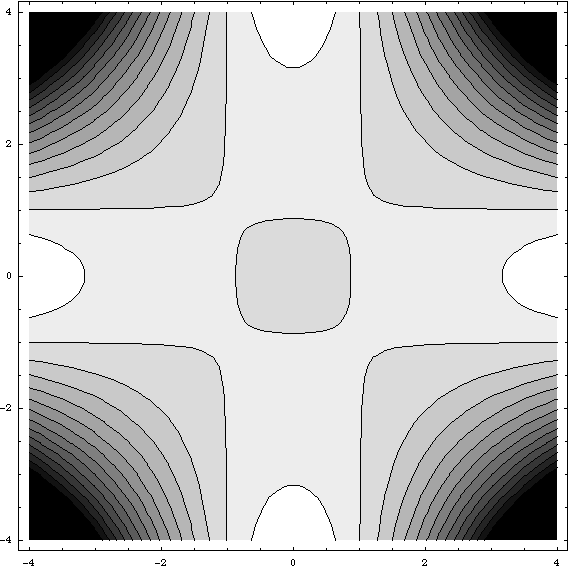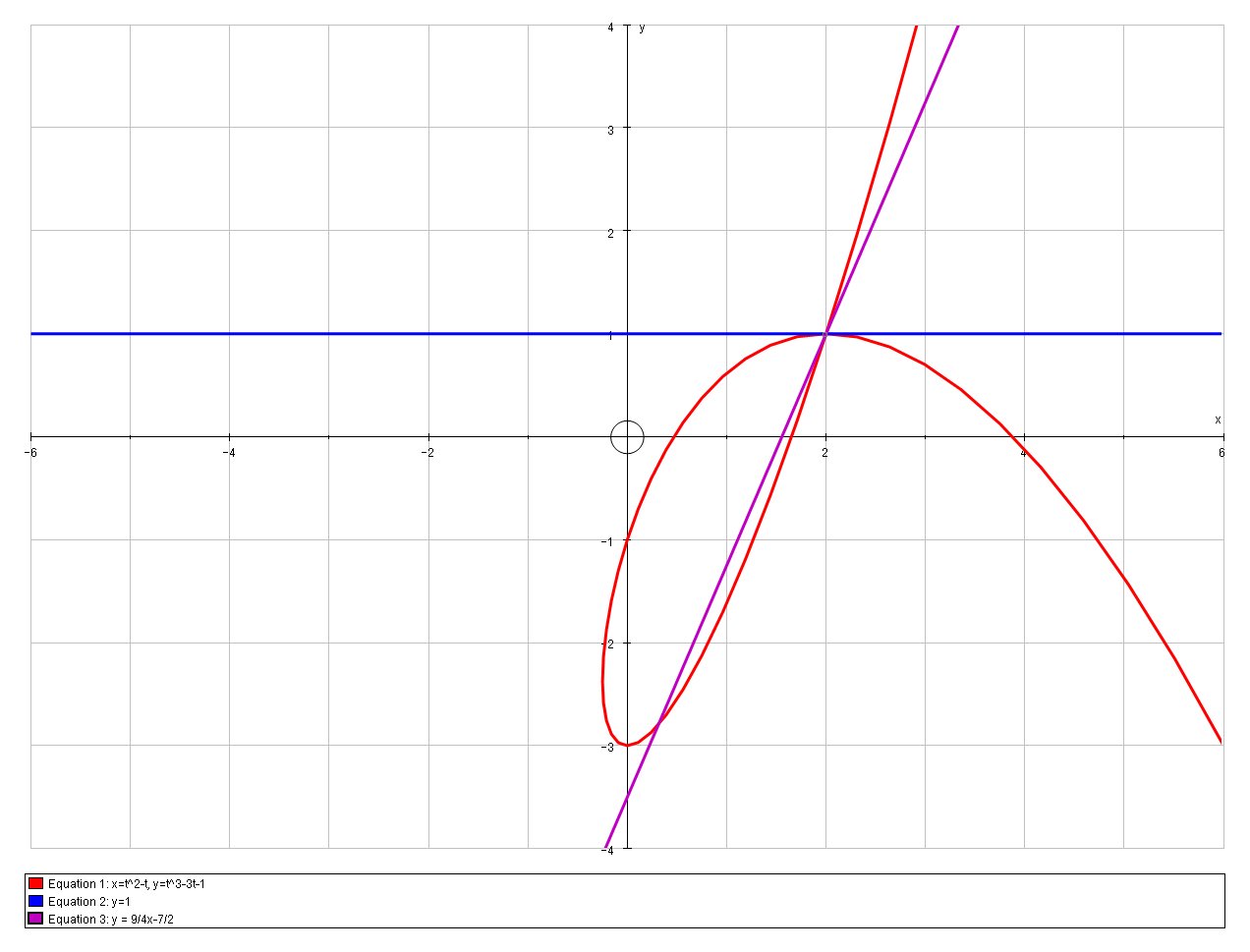Amazing Info About Can A Curve Cross Itself How To Make Linear Programming Graphs In Excel

Does there exist a continuous curve c c on r2 r 2 that crosses itself at every point on c c?
Can a curve cross itself. I know for a parametric graph to cross itself, there must be two distinct $t$, $t_1$ and $t_2$, that when placed into the two parametric functions, must produce the same. And the way we started to understand that is we say, well, the function. First, the very definition of the indifference curve itself:
How one can prove it. Another method is to set the. Cannot intersect itself except at the starting and the ending points).
A curve that crosses itself once can do so in two possible configurations: Intuitively, i think that a convex closed curve has to be simple (i.e. Firstly, let us find the coordinates where the curve crosses itself.
If the curves are different levels. If this figure were to depict a single indifference curve, it would mean that the curve is crossing itself. Let us talk of only simple closed curves (a connected curve that does not cross itself and ends at the same point where it begins).
However, if we follow the. Could someone explain to me why, when finding where a parametric curve crosses itself, there are two distinct t values to be found instead of one? If the curve appears to cross itself, it would mean that there are two points on the curve where the consumer has the same level of satisfaction.
Plug this into the first equation: A simple curve changes direction but does not cross itself while changing direction. The key properties of indifference curves are that they are downward sloping, convex to the origin, and cannot intersect each other or themselves.
For example, take a piece of rope, glue the two. Yes, there is a mathematical method called the discriminant test that can be used to determine if a curve intersects with itself. Either it will hide both the start and end of the curve inside the loop, or it will leave them outside the loop.
Each one is formed by a combination of goods that produces the same satisfaction (utility). (this is known as a simple, closed curve). Find the points where the curve given parametrically by$$\mathbf{r}(t)=\left(2+\cos\frac{3}{2}t\right)\left(\begin{matrix}\cos t\\\sin.
In which case there will be an ordered pair t1 = α and t2 = β with t1 ≠ t2 that simultaneously. This would violate the third property of indifference curves,. A simple curve is defined as a curve which doesn’t cut or cross itself.
For two pieces of curve to cross and not just touch, each must have some length.



















